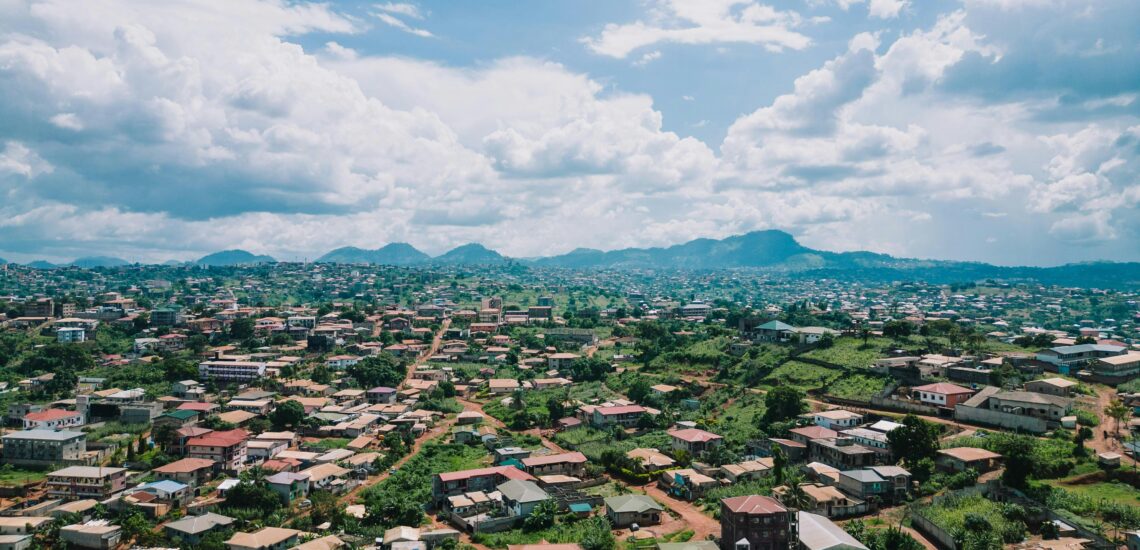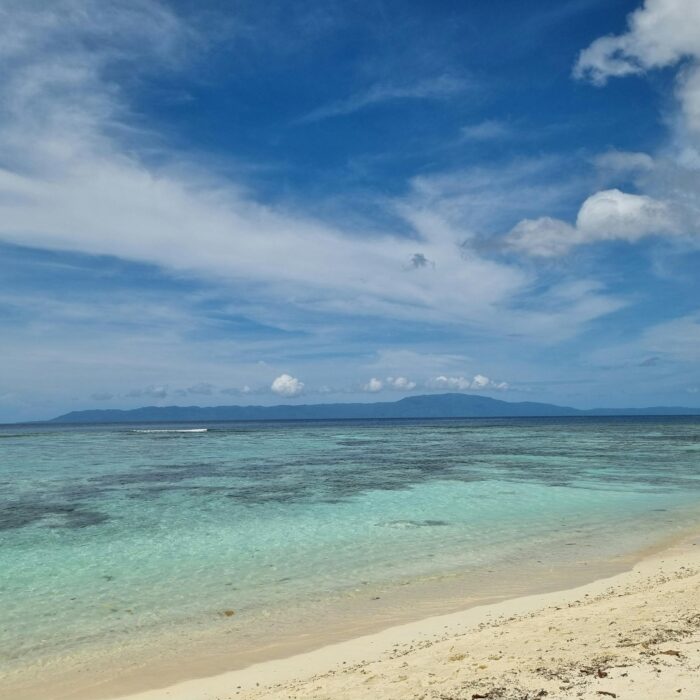Quick facts about Cameroon:
- Population: Approximately 29 million people.
- Capital: Yaoundé.
- Largest City: Douala.
- Official Languages: English and French.
- Other Languages: Over 250 indigenous languages, including Fulfulde, Ewondo, and Douala.
- Currency: Central African CFA franc (XAF).
- Government: Unitary presidential republic.
- Major Religion: Christianity (predominantly Protestant and Roman Catholic), with indigenous beliefs and Islam also practiced.
- Geography: Located in Central Africa, bordered by Nigeria to the west, Chad to the northeast, the Central African Republic to the east, the Republic of the Congo to the southeast, Gabon to the south, and the Atlantic Ocean to the southwest. Cameroon features diverse landscapes, including mountains, plains, rainforests, and coastal areas.
Fact 1: Cameroon loves soccer and the national team is very successful
Cameroon has a passionate soccer culture, with the national team, known as the “Indomitable Lions,” achieving significant success on the African and international stages. The team has participated in several FIFA World Cups, with their first appearance in 1982. They made history by becoming the first African team to reach the quarter-finals of the World Cup in 1990, a landmark achievement that has inspired generations of soccer players and fans in the country.
The Indomitable Lions have also enjoyed success in the Africa Cup of Nations (AFCON), winning the tournament five times, with their most recent victory in 2017. This success has solidified their reputation as one of Africa’s premier soccer nations.
Дмитрий Садовник, CC BY-SA 3.0 GFDL, via Wikimedia Common
Fact 2: Cameroon’s highest point is above 4,000 meters
Mount Cameroon, standing at approximately 4,095 meters (13,435 feet), is the highest peak in Cameroon and one of the most prominent volcanoes in Africa. Located near Limbe, it last erupted in 2012 and is renowned for its biodiversity, featuring lush rainforests and unique wildlife. The mountain is also a popular hiking destination, with the Mount Cameroon Race of Hope attracting international athletes annually. Its volcanic activity has shaped the surrounding landscape, contributing to the region’s agricultural fertility.
Fact 3: Cameroon has the richest biodiversity
Cameroon boasts incredible biodiversity, encompassing over 300 species of mammals, 900 species of birds, and around 8,000 plant species. Its varied ecosystems include tropical rainforests, savannas, and mountains, with the highest point being Mount Cameroon at 4,095 meters (13,435 feet). The country is home to significant wildlife, including the endangered Cross River gorilla and the African elephant. Approximately 16% of Cameroon’s land is designated as protected areas, including 20 national parks, emphasizing its commitment to conservation and biodiversity
Fact 4: Cameroon’s president is the second longest ruling president in the world
Cameroon’s president, Paul Biya, has been in power since November 6, 1982, making him one of the longest-serving leaders in the world. His rule has seen significant political and social changes within Cameroon, and he currently ranks as the second longest-ruling president globally, just behind Teodoro Obiang of Equatorial Guinea. Biya’s lengthy tenure has raised various concerns regarding governance, democracy, and human rights within the country.
Fact 5: The western lowland gorilla is endangered and endangered in Cameroon
The western lowland gorilla, found in Cameroon, is classified as critically endangered due to habitat loss, poaching, and diseases such as Ebola. Estimates suggest that the population has decreased by over 60% in the last few decades, with fewer than 100,000 individuals remaining. Conservation efforts are underway to protect this species and its habitat, but ongoing challenges make their survival precarious. The western lowland gorilla is vital to the ecosystem, playing a key role in seed dispersal and maintaining forest health.
Fact 6: Cameroon has a large number of ethnic groups and languages
Cameroon’s ethnic diversity is one of its most defining characteristics, with more than 250 ethnic groups, including the Bantu, Sudanic, and Pygmy populations. Each group possesses its unique cultural practices, languages, and social structures, contributing to the nation’s rich tapestry. Indigenous languages, like Ewondo and Douala, thrive alongside the official languages of French and English, creating a multilingual environment. This diversity is celebrated in festivals, art, and traditional practices, reflecting the country’s historical complexities and cultural heritage.
Fact 7: Cameroon has 2 UNESCO World Heritage sites
Cameroon boasts two UNESCO World Heritage Sites: the Dja Faunal Reserve and the Sangha Trinational. The Dja Faunal Reserve, established in 1987, spans approximately 5,260 square kilometers of pristine rainforest and is one of the largest protected areas in Africa. It is renowned for its biodiversity, housing over 1,000 plant species, numerous mammals including elephants and the endangered western lowland gorilla, and a variety of birds.
The Sangha Trinational, inscribed in 2012, is a collaborative conservation area shared between Cameroon, the Central African Republic, and the Republic of Congo, protecting vital forest ecosystems and wildlife.
C. Hance, CC BY-SA 3.0 IGO, via Wikimedia Commons
Note: If you plan to visit the country, check if you need a Cameroon International Driving Permit to drive, a visa to visit, or other additional documents.
Fact 8: There are many thermal springs in Cameroon
Cameroon boasts numerous thermal springs, primarily located in the western highlands, where volcanic activity has created rich geothermal resources. These springs, such as those found in the towns of Bafoussam and Dschang, are renowned for their mineral content and therapeutic properties, attracting both locals and tourists. The warm waters are believed to offer health benefits, making them popular destinations for wellness tourism. Additionally, the lush surroundings of these springs enhance their appeal, offering visitors stunning natural scenery alongside the opportunity to relax and rejuvenate.
Fact 9: If you’re a coffee lover, you’ve probably been drinking Cameroon coffee as well
Cameroon is known for its high-quality coffee, particularly Arabica and Robusta varieties, which thrive in the country’s diverse climatic conditions. The region’s rich volcanic soils, combined with traditional cultivation practices, contribute to the unique flavor profiles of Cameroon coffee. The country is among Africa’s top coffee producers, with significant exports to international markets. Many coffee enthusiasts appreciate the distinct taste and aroma of Cameroon coffee, often reflecting notes of chocolate and fruity undertones. If you’re a coffee lover, you may already be enjoying this exceptional brew.
Franco237, CC BY-SA 4.0, via Wikimedia Commons
Fact 10: Cameroon’s exports are based on natural resources
Cameroon’s economy heavily relies on its abundant natural resources, which play a crucial role in its export sector. The country is rich in minerals such as crude oil, natural gas, and various metals, with oil being the most significant, accounting for about 40% of the country’s total revenue. Agricultural products also form a substantial part of exports, including cocoa, coffee, and bananas.

Published October 27, 2024 • 6m to read





